|
Visiting
Elim
One of South Africa's coolest and newest wine regions
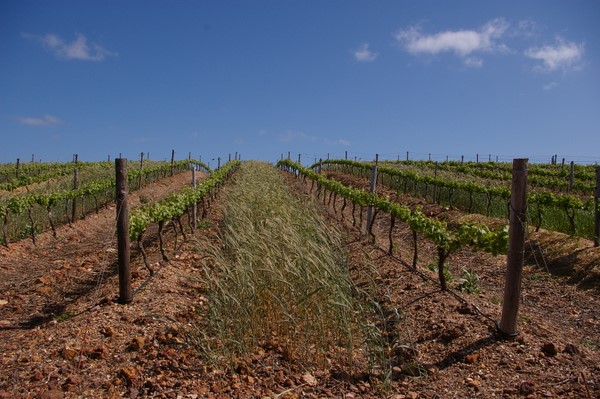
The last leg of this particular trip saw
me heading south, to the southernmost tip of Africa itself. The Elim
wine region is just 20 km from Cape Agulhas, and it’s an
interesting place for growing wine grapes, with a chilly climate (by
South African standards) and plenty of cooling breezes from the
ocean.
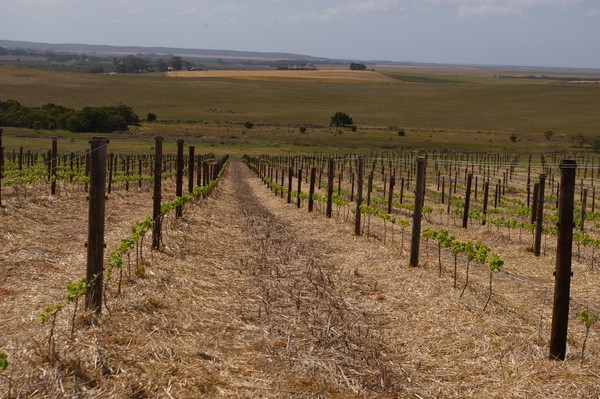
Named after the town that was established
as a Moravian Mission Station by German missionaries in 1824,
Elim WO (Wine of Origin) is part of the Overberg wine district (in
South Africa’s classification Elim is a ‘ward’ in the Overberg
‘district’). It’s one of the newest wine regions in the
Western Cape.
The attraction of Elim for winegrowers is
the cool climate, which makes it possible to produce styles of wine
that have a point of difference to the warmer regions that
predominate in the Western Cape. It means that growers can do well
here with grape varieties suited to cooler growing temperatures.
Elim competes with Elgin for the title of South Africa’s coldest
wine region.
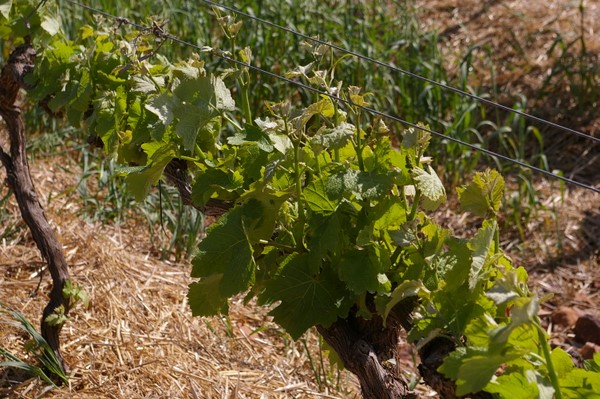
Indeed, one of the fascinations of wine
is just how sensitive to small differences in temperature the grape
vine is. No matter how good a winemaker you are, if you have the
wrong variety planted in the wrong place, you’ll never be able to
make great wine. It’s certainly possible to make good commercial
wines from slightly misplaced varieties, but if you want to go
beyond the ordinary, the careful matching of variety to site is
essential. This was the motivation for the pioneers of this new
region: to find a cool area where varieties such as Sauvignon Blanc
and Pinot Noir could produce something exceptional.
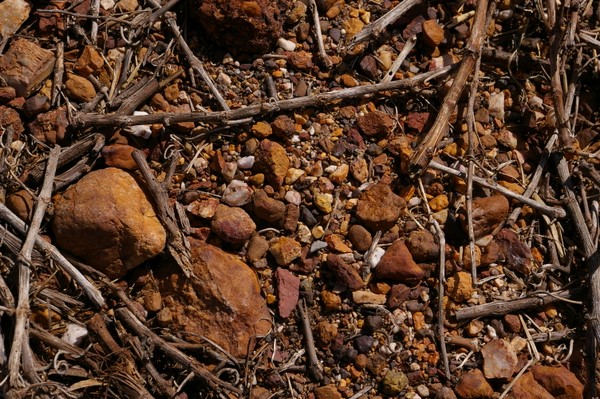
But there’s a risk that comes from
working in cooler regions. Grape varieties excel when they are being
grown at their limits; at temperatures where they will just ripen
enough, but not too much. A strong nerve is required on the part of
the winegrower, though, because at extremes like this, some seasons
will just be too cold to get proper ripening. And in the case of
Elim, the cooling breezes can translate into damaging winds, which
retard vine growth and cause particular problems for young vines.
Another problem faced by the Elim growers is the fact that this is
quite a damp region, by South Africa’s standards, which means
increased pressure from fungal diseases.
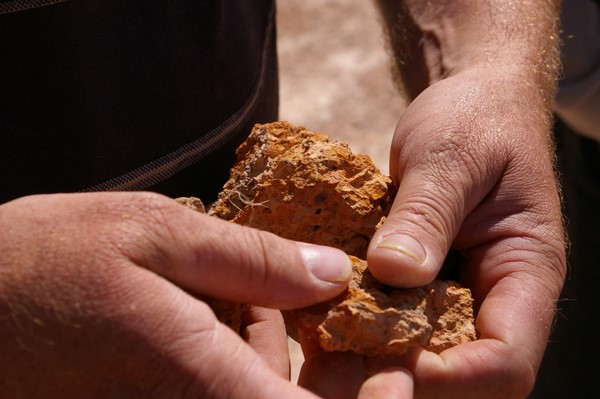
The soil types here are interesting,
because of their variation over even quite small distances. The
dominant soil is called koffieklip
(coffee stone), and it’s quite distinctive. It consists of lumps
of iron-rich clay cementing together smaller stones, and it is
actually pretty soft: you can usually break it apart with your bare
hands. There’s also shale, which looks quite like slate, and some
granite and quartzite.
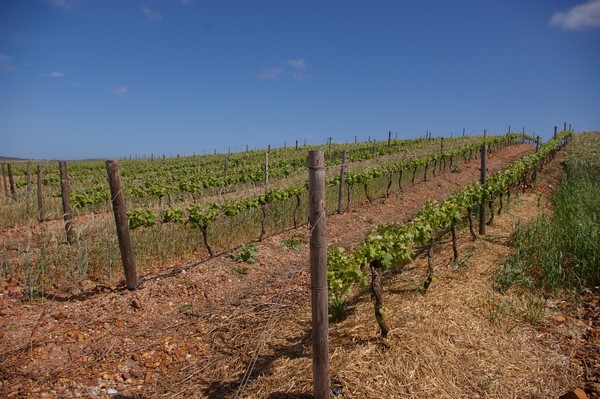
I visited a group of five growers who
together have collaborated to form the Elim Wine Growers, with the
slogan ‘Real wine, Real people’. These
five are Strandveld, Black Oystercatcher, Berrio, Quoin Rock and
Zoetendal. The slogan is appropriate: this is not a region for
‘lifestylers’ – people who’ve made a lot of money in
business and want a hobby or retirement winery – it’s a place
for real farmers. And it’s tremendously encouraging to see them
work together in this genuinely collaborative spirit.
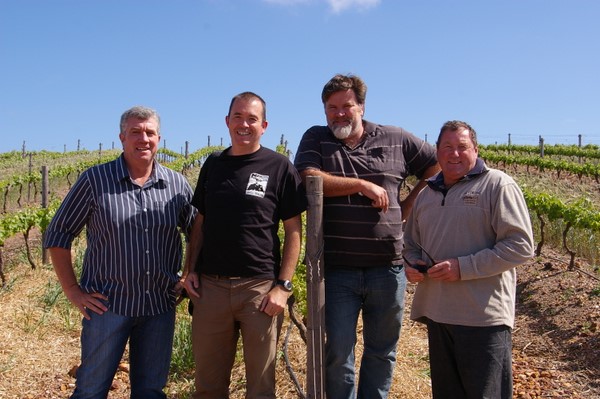
I’m pictured (above),
with Francis Pratt (The Berrio), Dirk Human (Black Oystercatcher)
and Johan de Kock (Zoetendal)
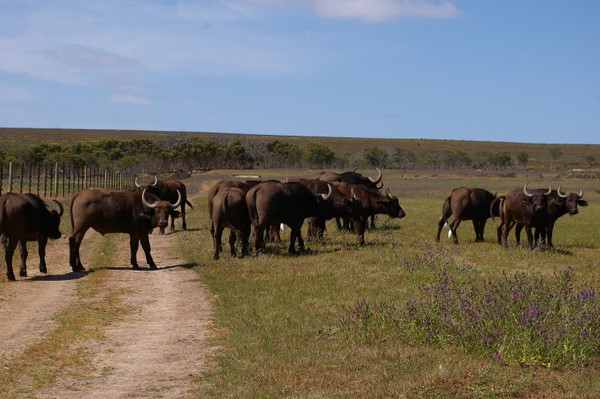
As well as taste wine, we took a drive
through the vineyards, and then visited a joint conservation
venture. These Elim growers have set aside 22 000 hectares from
their farms to form the Nuwejaars Wetland Special Management Area
initiative (www.nuwejaars.com),
which has been restored to pristine fynbos, with clearing of
invasive alien plants. They also have some red hartebeest, and have
a disease-free buffalo breeding program.
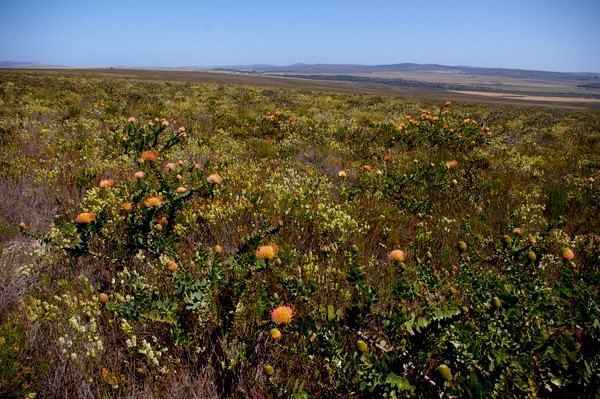
The
wineries and their wines:
 Zoetendal Zoetendal
 Black
Oystercatcher Black
Oystercatcher
 The
Berrio The
Berrio
 Strandveld Strandveld
 Quoin
Rock Quoin
Rock
 Photos
from Elim Photos
from Elim
See also:
 South
Africa revisited (series) South
Africa revisited (series)
Wines
tasted 10/10
Find these wines with wine-searcher.com
Back
to top
|

